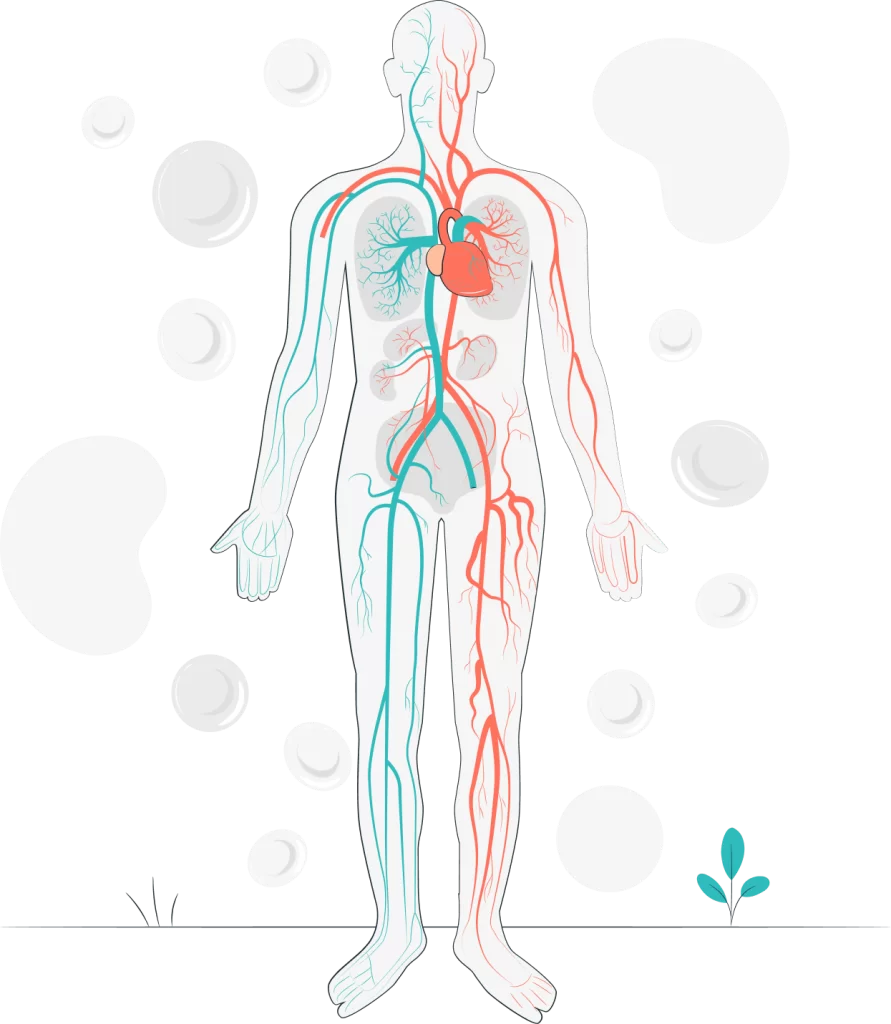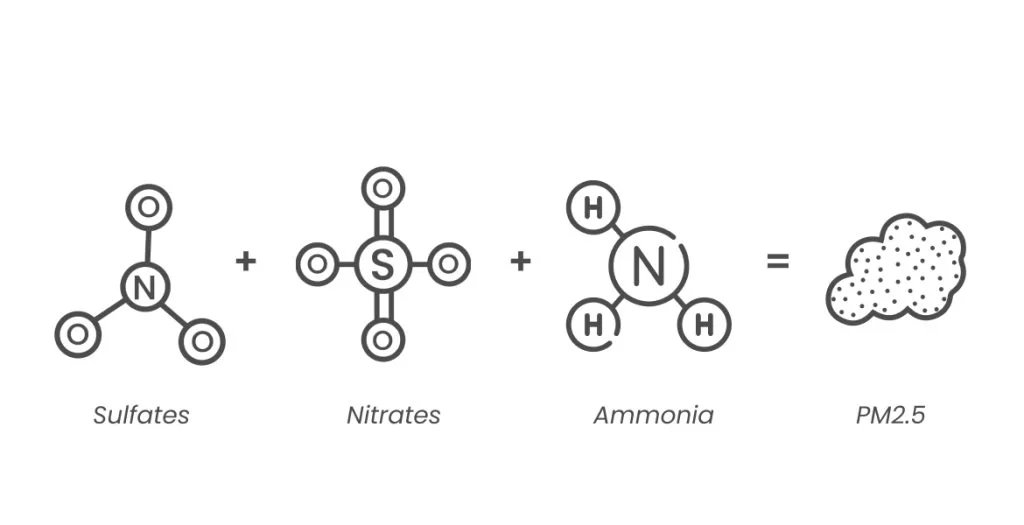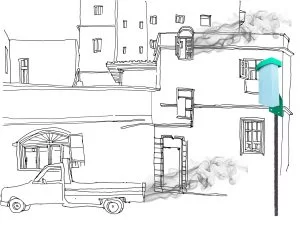 Ammonia (NH3)
Ammonia (NH3)
Ammonia (NH3) is a toxic gas that is made up of one nitrogen and three hydrogen atoms. Naturally, it is found in small amounts, but can be produced through industries. Ammonia is used in the manufacturing of fertilizers, refrigeration, and cleaning products. It is used as a raw product for making chemicals such as nitric oxide.





















